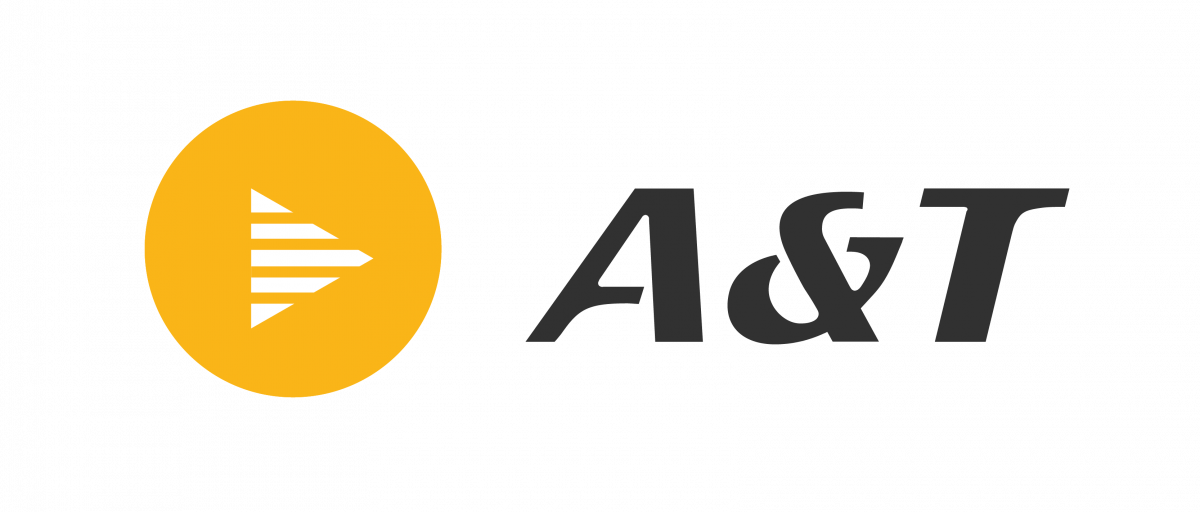What is micro content
Since time immemorial, entrepreneurs have used the famed “elevator pitch” to seek funding from busy investors. That is the original micro-content – presenting your entire company, product, service, philosophy, vision and route to success in 30 seconds!
To quote user experience expert Jakob Nielsen: “micro content is a small group of words which can be skimmed by the reader to understand the wider message of the article.” Truly effective micro content should deliver stand-alone information even when removed from its original content.
It’s a known fact that students absorb better when focusing on a specific topic. The average student absorbs not more than 50% of a long online lecture. With too many distractions, students can easily miss out on important points being made by the educator.
And so, this is where our hero enters the stage – micro content
”Micro content is a small group of words which can be skimmed by the reader to understand the wider message of the article.
Jakob Nielsenuser experience expert
Micro-focussed learning?
In high school, one lesson I still recall is the Physics lesson on light. I was stunned to learn that light is actually a series of waves that travel in a straight line! So if we take Light as the overarching topic, the many sub-topics like the wave motion of light, refraction, reflection, the colour spectrum, absorption etc – they each have their own set of complexities. And each sub-topic has its own micro-topic.
So continuing with the example of Physics, the chapter on Light has a lesson on refraction. However, micro-content can be created from sub-topics of refraction such as angle of incidence, total internal reflection etc.
With the average attention span of humans dropping drastically, micro-content makes it easier for students to understand, grasp and recall.
Recording a lecture
With cutting edge web cameras like the A&T SNAP 4K that records in 4K or the lecturer tracking A&T PTC 20MN professional camera, recording lecturer videos has become easy to video conferencing for education. Multimedia recording hardware like the Miris Box from Ubicast or the Hydra from NCast, allows lecturers to record presentations, audio and other multi-media content at the touch of a button.
From a series of record lectures, educational institutes have started creating a treasure trove of knowledge – digital libraries of lectures. Advanced video content management SaaS platforms like Nudgis, hosted and managed in India, have powerful features that enable educators to edit recorded videos, add interactive content, live stream lectures and more. All with simple to use software that requires little or no training.
Editing recorded lectures allows teachers to create micro content out of long lectures. So a one hour long class can be split into short videos of multiple micro-topics.
What is the ideal length of micro-content?
There has been a lot of research into the ideal length of learning videos.
- Short videos of 1 to 5 minutes length optimizes the attention of the learner.
- It is recommended that no video should exceed 20 minutes
However, there is no magic number between 1 minute and 20 minutes. It all depends on the topic, the detail into which the instructor wants to delve and the nature of the topic.
Other ways to make online learning fun
- Make recorded videos interactive – add polls and quizzes at specific points in the video
- Introduce social learning – allow students to interact with each other and with educators on the recorded video
- Add external content – present the best from YouTube, Wikipedia or other sources anywhere in the recorded video
- Take advantage of usage analytics to improve lectures
Sit back and enjoy the ride!
Recording lectures in video conferencing for education, editing them and adding interactive exercises to these videos has become easy and inexpensive. All this comes in one unified platform that combines video recording hardware and video SaaS software that integrates with existing LMS to create a workflow enabled system across the entire institute.
Short, interactive videos on specific topics can dramatically change the way students learn. Better retention leads to better performance during evaluations and exams which leads to tremendous improvement in the brand image of the educational institute as a whole.



